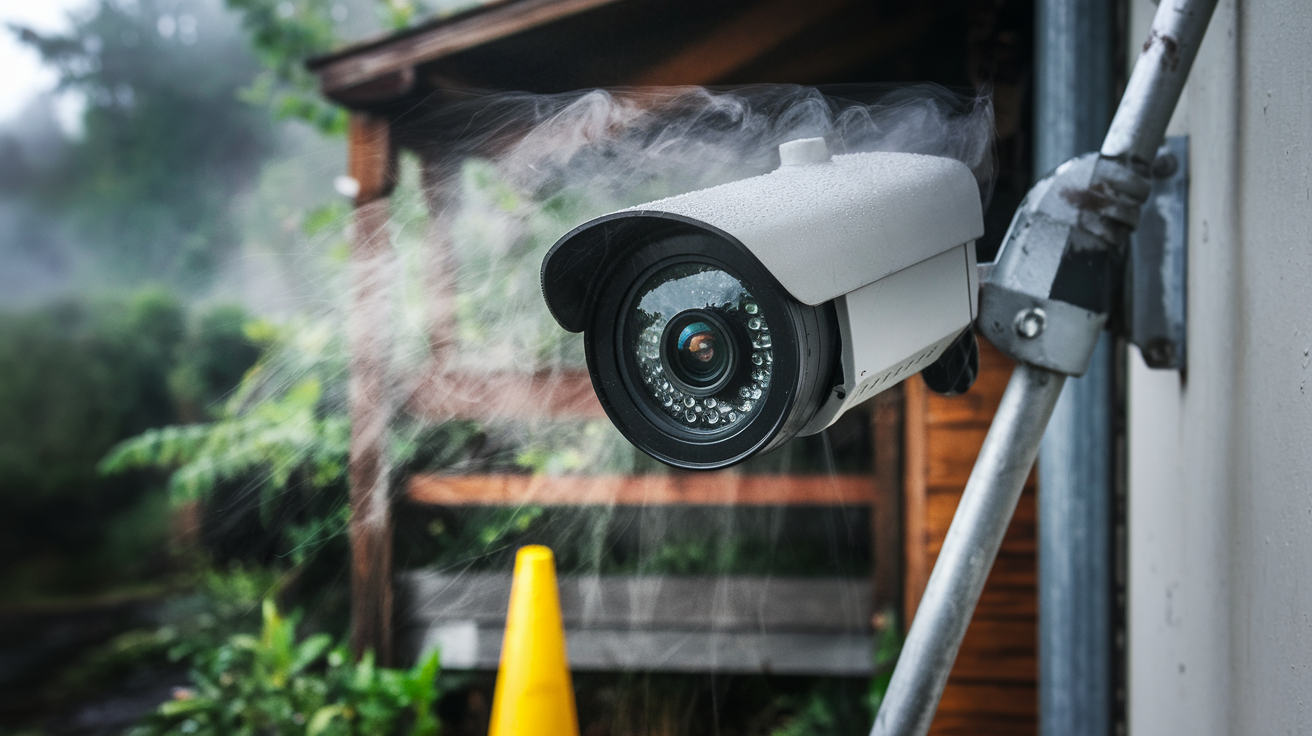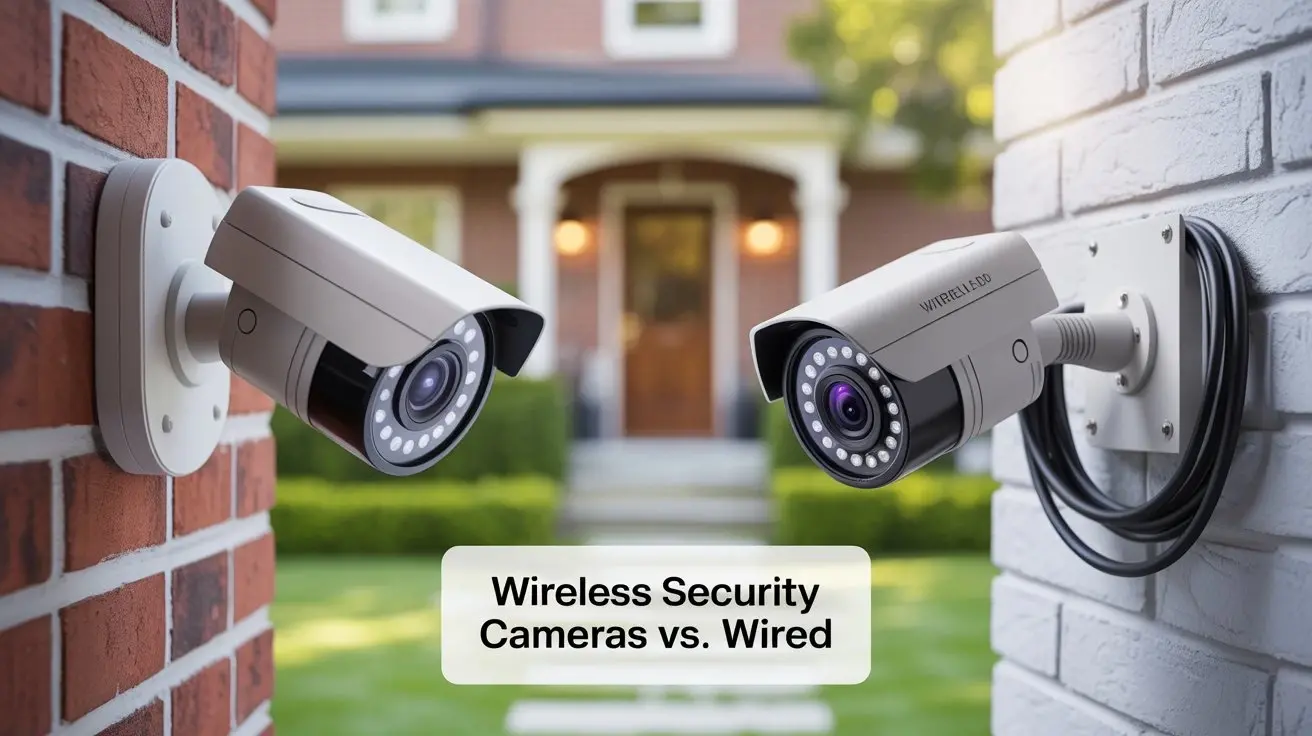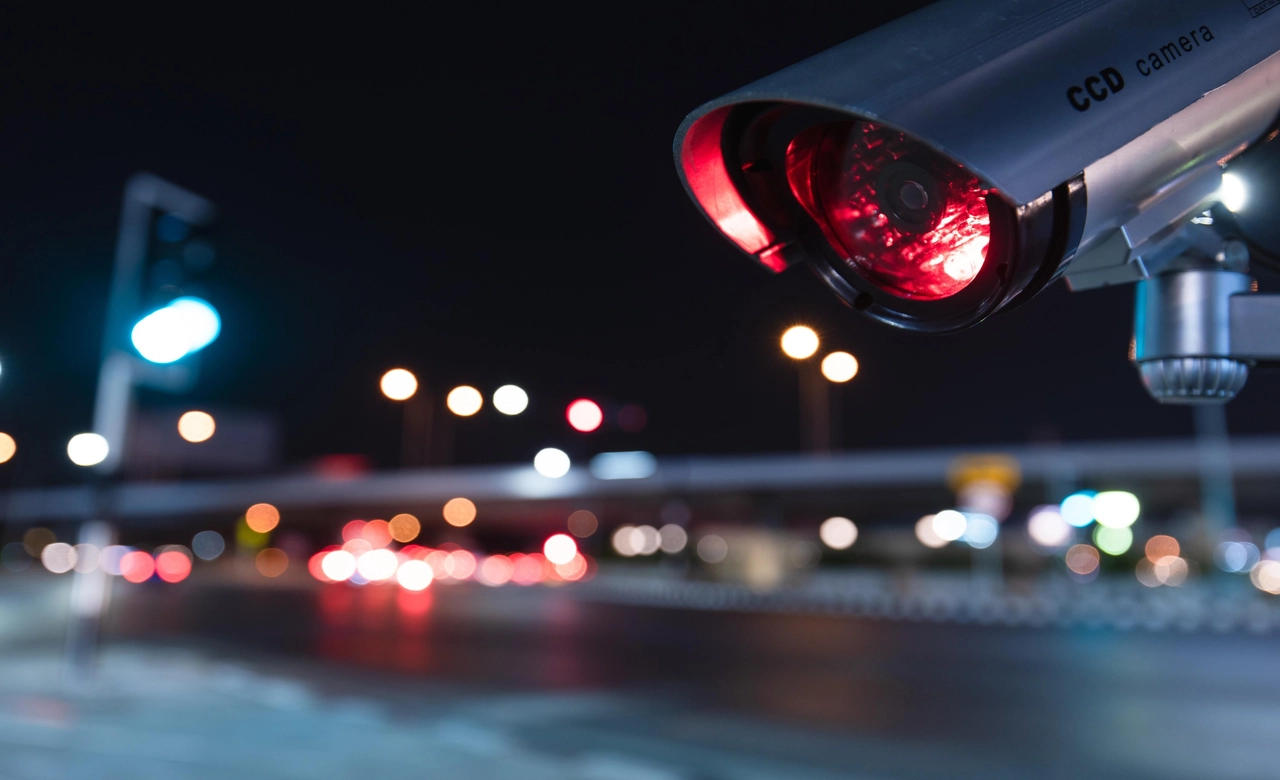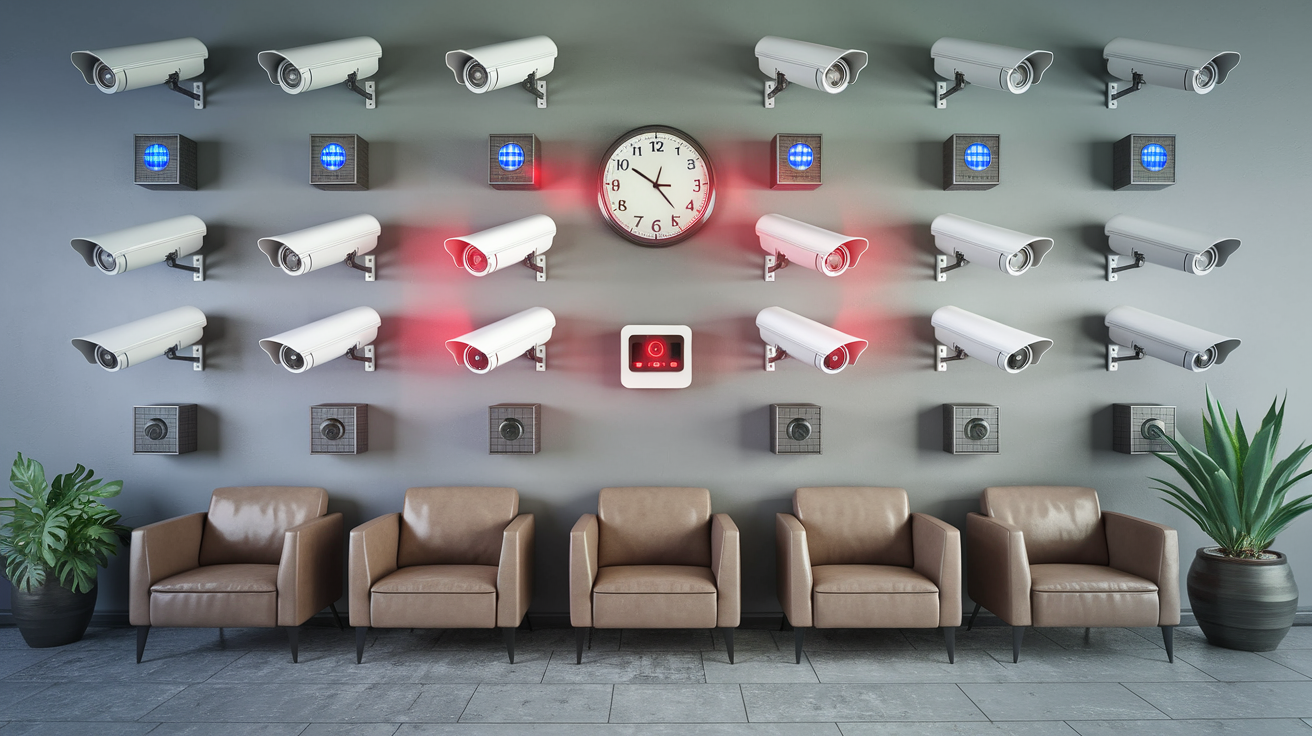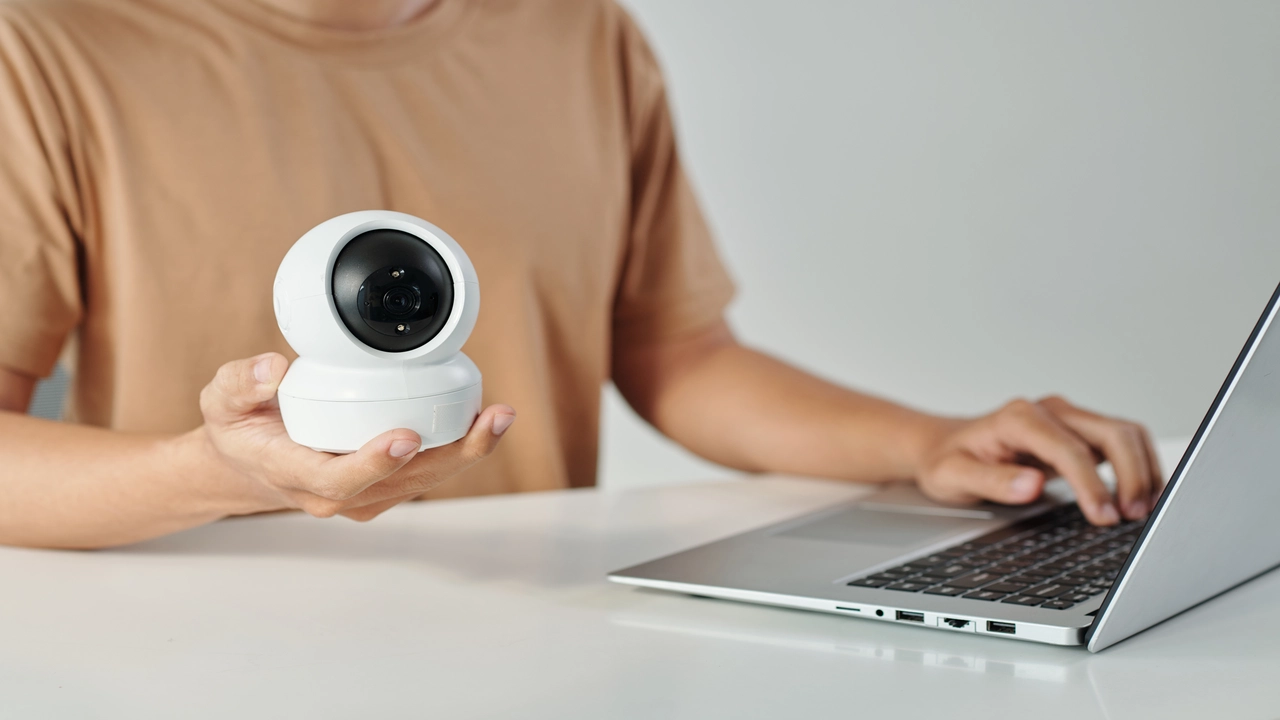How to Prevent Fog on Security Camera
Fogging on security camera lenses is a common issue that can compromise video quality, obscure critical details, and reduce the effectiveness of your surveillance system. This problem often occurs due to environmental factors like humidity, temperature changes, or improper installation. Whether you have a wired or wireless outdoor camera, preventing fog buildup is essential for maintaining clear footage. This comprehensive guide explores the causes of fogging, offers practical solutions to prevent it, and provides maintenance tips to ensure your security cameras perform optimally in various weather conditions.
Why Do Security Cameras Fog Up?
Fogging occurs when moisture condenses on the camera lens or inside the housing, creating a cloudy or hazy effect. Several factors contribute to this issue:
- Temperature Fluctuations: Rapid changes between warm days and cool nights cause condensation, especially in poorly sealed cameras.
- High Humidity: Areas with high humidity, like coastal regions, increase the likelihood of moisture buildup inside or on the lens.
- Poor Sealing: Cameras with inadequate weatherproofing (e.g., below IP65 rating) allow moisture to infiltrate the housing.
- Improper Installation: Mounting cameras in areas with poor ventilation or direct exposure to rain can trap moisture.
- Internal Heat: Cameras with infrared LEDs generate heat, which can cause condensation if the housing isn’t properly ventilated.
Note: Fogging is more common in budget cameras with lower IP ratings or in regions with extreme weather, such as heavy rain or high humidity.
Methods to Prevent Fog on Security Cameras
Preventing fog on security cameras involves a combination of proper selection, installation, and maintenance techniques. Below are effective strategies to keep your cameras fog-free.
1. Choose a Weather-Resistant Camera
Selecting a camera with a high IP (Ingress Protection) rating is the first step in preventing fogging. The IP rating indicates resistance to dust and water:
- IP65: Protects against dust and low-pressure water jets, suitable for moderate weather.
- IP66: Handles heavy rain and dust, ideal for most outdoor environments.
- IP67: Offers protection against temporary submersion, perfect for extreme conditions.
Brands like Eufy, Reolink, and Arlo offer cameras with IP66 or IP67 ratings, such as the Eufy SoloCam S340 or Reolink Altas PT Ultra. Ensure the camera has a sealed lens housing and built-in ventilation to manage internal moisture.
Warning: Avoid cameras with IP ratings below 65 for outdoor use, as they are prone to moisture infiltration.
2. Optimize Camera Placement
Proper placement reduces exposure to moisture and temperature extremes:
- Mount Under Shelter: Install cameras under eaves, overhangs, or awnings to protect them from direct rain and snow.
- Avoid Direct Sunlight: Prolonged sun exposure can heat the camera, increasing condensation risk. Use a sunshade if necessary.
- Ensure Ventilation: Mount cameras in areas with good airflow to prevent trapped moisture. Avoid enclosed spaces like tight corners.
- Angle Downward: Tilt the camera slightly downward to allow water to run off the lens rather than pooling.
- Height: Place cameras 8–10 feet high to avoid tampering and reduce exposure to ground-level moisture.
Note: For coastal or high-humidity areas, consider cameras with built-in heaters or fans to regulate internal temperature.
3. Apply Anti-Fog Coatings or Films
Anti-fog coatings or films create a hydrophilic surface that prevents water droplets from forming on the lens. These products are widely available and easy to apply:
- Purchase Anti-Fog Spray: Use products like Rain-X or Cat Crap Anti-Fog Spray, designed for camera lenses or goggles.
- Clean the Lens: Wipe the lens with a microfiber cloth to remove dirt or oils before applying the coating.
- Apply Evenly: Spray or apply the anti-fog solution as per instructions, ensuring full coverage.
- Reapply Regularly: Reapply every 1–2 months, depending on weather conditions and manufacturer guidelines.
Alternatively, anti-fog films can be cut to fit the lens and provide long-lasting protection. These are particularly effective in humid climates.
4. Use Silica Gel or Desiccants
Silica gel packets absorb moisture inside the camera housing, preventing internal fogging. Many high-quality cameras include desiccants, but you can add them to older or budget models:
- Access the Camera Housing: Open the camera’s sealed compartment, if possible, using a screwdriver. Check the user manual for guidance.
- Insert Silica Gel Packets: Place 1–2 small silica gel packets near the lens or electronics, avoiding obstruction of the view.
- Reseal Carefully: Ensure the housing is tightly sealed to maintain weatherproofing.
- Replace Periodically: Replace silica gel packets every 3–6 months or when they become saturated (indicated by color change in some packets).
Warning: Opening the camera housing may void the warranty.ទ. Contact the manufacturer before proceeding.
5. Install a Camera Hood or Shield
A camera hood or shield provides an extra layer of protection against rain and temperature changes:
- Purchase a Compatible Hood: Choose a weatherproof camera hood designed for your camera model.
- Install Securely: Attach the hood to the camera, ensuring it doesn’t obstruct the lens or sensors.
- Check Fit: Ensure the hood allows proper ventilation to avoid trapping heat or moisture.
Hoods are particularly effective in heavy rain or snow, as they deflect water while allowing air circulation.
6. Maintain Proper Ventilation
Some cameras have built-in ventilation systems to regulate internal temperature and moisture. If your camera lacks this feature, consider these steps:
- Check Ventilation Ports: Ensure any ventilation holes are clear of debris.
- Use a Fan-Equipped Camera: Some high-end models, like certain Reolink or Hikvision cameras, include fans to prevent internal condensation.
- Avoid Sealing Vents: Do not cover ventilation ports with tape or other materials, as this can trap moisture.
7. Regular Cleaning and Maintenance
Routine maintenance prevents fogging caused by dirt or water buildup:
- Clean the Lens: Use a microfiber cloth and lens-safe cleaner to remove smudges, dirt, or water spots monthly.
- Inspect Seals: Check the camera housing for cracks or loose seals that could allow moisture ingress.
- Tighten Mounts: Ensure the camera is securely mounted to prevent water seepage from loose fittings.
Note: Schedule maintenance during dry weather to avoid introducing moisture during cleaning.
Troubleshooting Fogging Issues
If fogging persists despite preventive measures, try these troubleshooting steps:
- Dry the Camera: Remove the camera and place it in a dry, warm environment for 24–48 hours to evaporate internal moisture. Use a sealed container with silica gel for faster results.
- Check for Damage: Inspect the lens and housing for cracks or compromised seals, which may require replacement.
- Use a Dehumidifier: If fogging is due to extreme humidity, a dehumidifier in the camera’s vicinity (if indoors) can help.
- Contact the Manufacturer: Persistent fogging may indicate a defective unit. Contact the manufacturer for warranty support or replacement.
Warning: Do not use heat guns or hairdryers to dry the camera, as excessive heat can damage the lens or electronics.
Choosing the Right Camera to Avoid Fogging
Investing in a high-quality camera designed for harsh weather can prevent fogging issues from the start. Top brands known for fog-resistant cameras include:
- Eufy SoloCam S340: IP67-rated with excellent sealing and ventilation.
- Reolink Altas PT Ultra: 4K resolution with robust weatherproofing and optional fan.
- Ring Floodlight Cam Wired Pro: IP65-rated with strong resistance to humidity.
Budget cameras often lack proper sealing, so prioritize models with proven durability in humid or cold climates.
Additional Tips for High-Humidity or Cold Climates
In regions with extreme weather, extra precautions are necessary:
- Coastal Areas: Use anti-fog coatings and silica gel packets to combat high humidity.
- Cold Climates: Choose cameras with built-in heaters to prevent condensation during temperature drops.
- Rainy Areas: Install cameras under protective overhangs and use hoods to deflect water.
Conclusion
Preventing fog on security cameras requires a combination of choosing weather-resistant models, optimizing installation, and applying protective measures like anti-fog coatings and silica gel packets. High IP-rated cameras, proper placement under shelter, and regular maintenance are key to maintaining clear footage. In high-humidity or cold climates, additional tools like camera hoods and heaters can further reduce fogging. By following these steps, you can ensure your outdoor security cameras remain fog-free, providing reliable surveillance and peace of mind in any weather condition.
